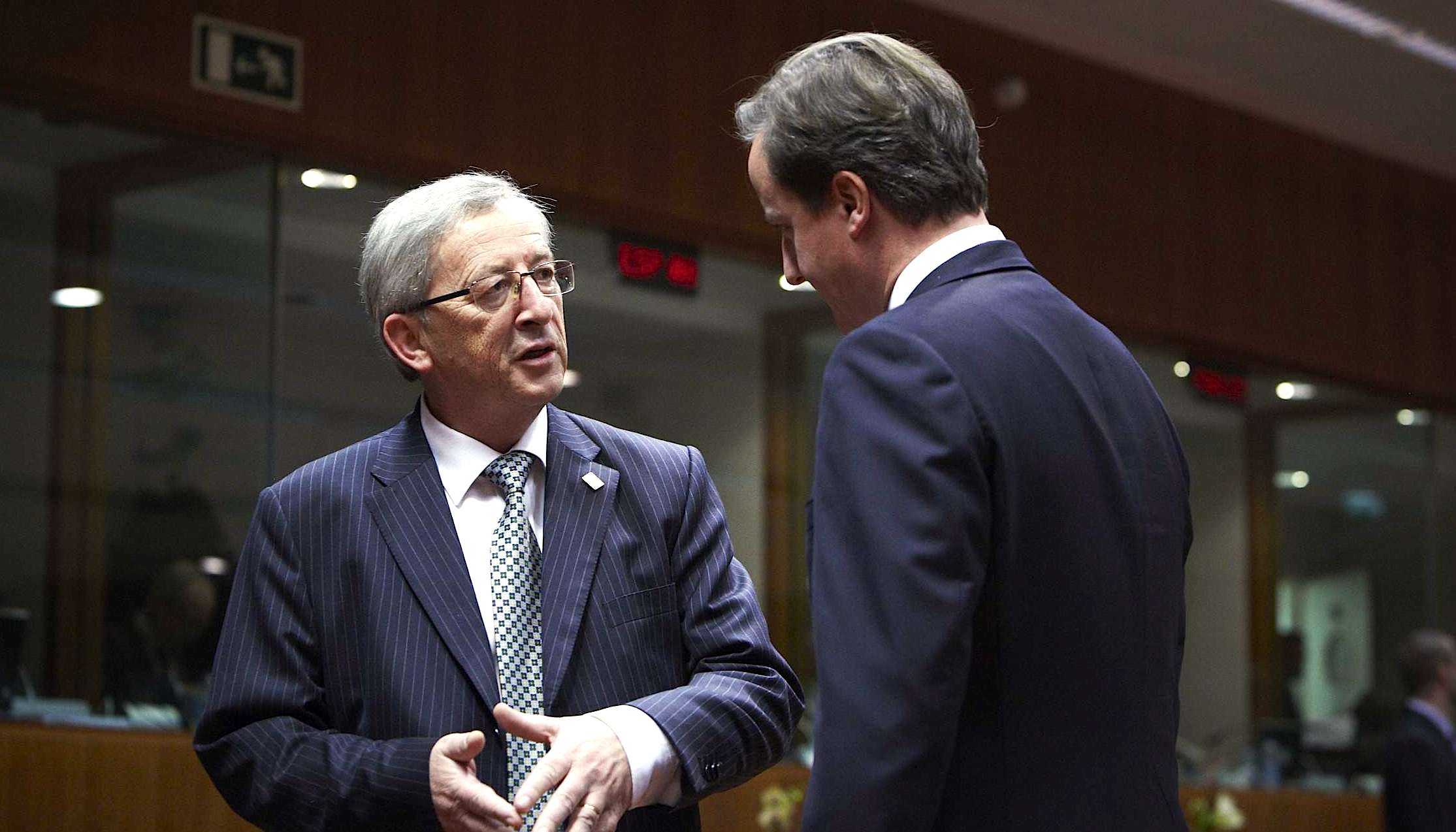
[authorbox authorid=”46″ title=”The Author”]
The European Union does everything it can to reduce the number of smokers in its member states. What appears to be a laudable goal, has turned into a fact-free obsession in recent years. In fact, member states and EU regulations have made the market less transparent for the consumer, and have made harm-reducing products less appealing.
The anti-vaping obsession
Since their appearance on the market, e-cigarettes have made significant changes in the habits of many regular smokers. This technology has shown to be an improvement of Studies demonstrate that switching from cigarettes to e-cigs dramatically and quickly reduces exposure to numerous harmful toxicants, including known carcinogens. It is evidence like this that prompted an international panel of experts to estimate that use of e-cigs is likely to be around 95% less harmful than smoking cigarettes.
Public Health England affirms this conclusion, calling for “permitting innovative technologies that minimize the risk of harm,” and to “maximize the availability of safer alternatives to smoking” — e-cigarettes, for example. E-cigs deliver nicotine and so can be addictive, although the evidence to date suggests that most e-cigs deliver less nicotine and are less addictive than cigarettes.
However, instead of embracing vaping as an effective harm-reducing product, it has been banned from being used instead (despite no finding of presumed second-hand smoke), and has been limited on higher institutional levels.
As expected, the European Union cracked down on e-cigs in 2012, after they had entered the market in Europe in 2007, by limiting container capacity and the size of refill packs, weakening potency, making what the directive calls “child-proof packs” compulsory, regularly investigating producers, and opening the door to a complete EU-wide ban. The logic: governments would encourage the consumption of nicotine if they were to endorse vaping over smoking conventional cigarettes. How exactly this is health-oriented public policy is likely beyond most readers.
Hiding ingredient levels
Much in the style of the regulation on vaping, the European Union’s Tobacco Products Directive, of which the transposition deadline was two years ago, eliminated the indication regarding ingredients, and replaced it with larger warning labels and shock images. Until this directive, packs of cigarettes indicated how many milligrams of tar, nicotine, and carbon-monoxide were contained in the said pack.
This helped consumers understand the difference in strength of cigarettes, in order to make more informed choices. Now however, consumers can only evaluate that strength through the colours provided by the brands (red, blue, green, yellow, etc.), and in the case of plain packaging, are completely unaware of what they are actually buying.
The reason for scrapping the ingredients list was that if consumers knew that some cigarettes were “lighter” than others, then they would believe that its better to smoke those. Politicians argued that this would only incentivise people to continue smoking. However, this policy actually has adverse effects. Sinclair Davidson, Australian RMIT professor of institutional economics says that this leads to the consumption of so-called “cheapies”: consumers enter the store and ask for the cheapest cigarettes. This phenomenon is also largely triggered by plain packaging.
Plain packaging despite its failure
The UK, France and Ireland have gone the way of Australia in implementing plain packaging for tobacco products. This means that cigarettes or rolling tobacco have to be sold in a neutral green pack that doesn’t reveal the brand, apart from the indication made by a neutral font. The measure is supposed to deter people from smoking, by making it less appealing. However, studies have found no notable reduction in consumption, while the worry persists that with increased illicit trade (smuggled or counterfeited cigarettes), the work of criminals has actually been made easier.
As for the claim by some politicians that following Australia’s example is a good idea, they seemingly haven’t studied the facts.
A 2016 study by the School of Economics, Finance and Marketing of the RMIT University if Melbourne, Australia slammed the policy as a complete failure. The authors of “Stubbing Out the Evidence of Tobacco Plain Packaging Efficacy: An Analysis of the Australian National Tobacco Plain Packaging Survey” also criticise the government of funding biased research, “In the first instance the Australian federal government paid over $3 million of taxpayer funds for a research project to accurately and factually evaluate the impact of the introduction of the plain packaging policy.”
“While it is true to say that research was undertaken, data was collected and then analysed, it is not clear that the results of that research have been accurately described and disseminated to the Australian government, the Australian community, or the broader international community.”
It appears that the public policy analysts who “studied” the policy were the same people who advocated for it in the first place. Not very strange that the government proclaims it a success if they follow the biased researched of the policy’s own advocates.
What’s next?
Bars, night clubs, restaurants, bus stops, school gates, terraces, even smoking in films finds advocates for its complete prohibition. More and more, cities adopt policies for large public spaces to be completely smoke-free, which alienates a significant part of the population which enjoys smoking. Smoking bans and restrictions on anything that it even mildly related to tobacco or “smoke” as such, have become an obsessive component for public health tsars.
In fact, there seems to be hardly any personal practice that is so much frowned upon by public policy, while simultaneously being accepted in nearly all social circles. This disparity between the apparent need to legislate by politicians and the feelings of individuals is striking: how many people do you know who actively feel persecuted by tobacco? How many people truly believe that smoking needs to disappear through the hand of the state, and not the choices of individual consumers?
Let’s call it what it is: there is not an inability of so-called public health advocates to rethink the policies they argued for, there an unwillingness to do so. As a result, its consumers who will be asked to pay the price for the negative consequences that these policies entail.
Consumers need to stand up against paternalism and the infringement on an important right: the right to enjoy yourself.



